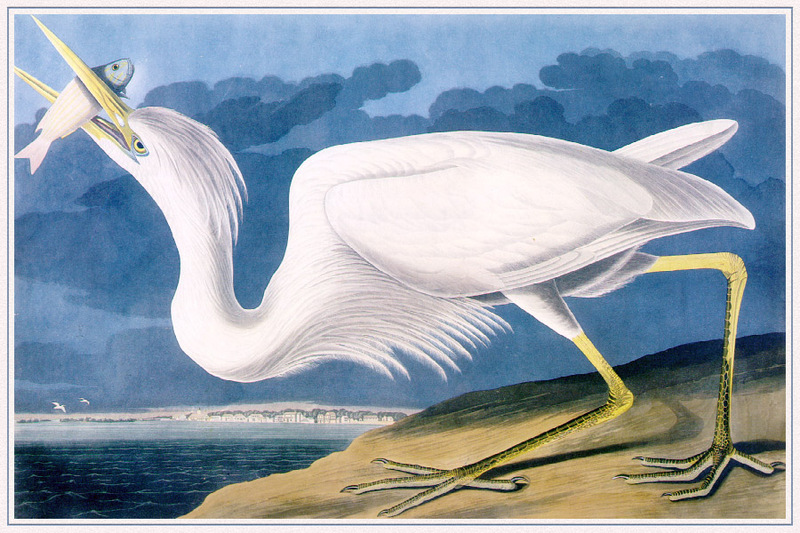|
| 질의: birds of america | 결과: 1413번째/1888 | |
Great White Heron = white morph of great blue heron? Ardea herodias occidentalis
| 제목: | Great White Heron = white morph of great blue heron? Ardea herodias occidentalis
| |

| 해상도: 900x600
파일크기: 218312 Bytes
등록시간: 2007:08:20 08:19:36
|

|

|

|
birds of america
1413/1888 |

|

|
^o^
동물그림창고 똑똑전화 누리집
^o^
|
|